Rooftop solar power and insider stories
Passionate about technology, Mr. Le Tu (Thu Duc City, Ho Chi Minh City) decided to install a rooftop solar power system for his family from 2022. But what makes him satisfied is not only his love for modern equipment but also the clear economic efficiency after a period of use.
Mr. Tu’s family both lives and does business at home. Their activities mainly take place during the day. There are 6 people in his house, including 2 elderly people, 2 children and him and his wife - meaning there is always someone at home using electricity all day long. The air conditioner, fans, household appliances and the electrical system for the store all operate during peak hours of hot weather, causing the monthly electricity bill to always be high.
It was the high demand for electricity during the day that made Mr. Tu see solar power not only as a technological solution but also as a reasonable economic choice, helping him proactively control long-term costs.
Mr. Tu's current system has a capacity of about 8 kWp, operating according to the "load-following" model - that is, prioritizing the use of solar power during the day, only taking grid power when necessary. On average, each month, the system generates from 900 to 1,000 kWh of electricity. The family uses about 700 to 800 kWh.
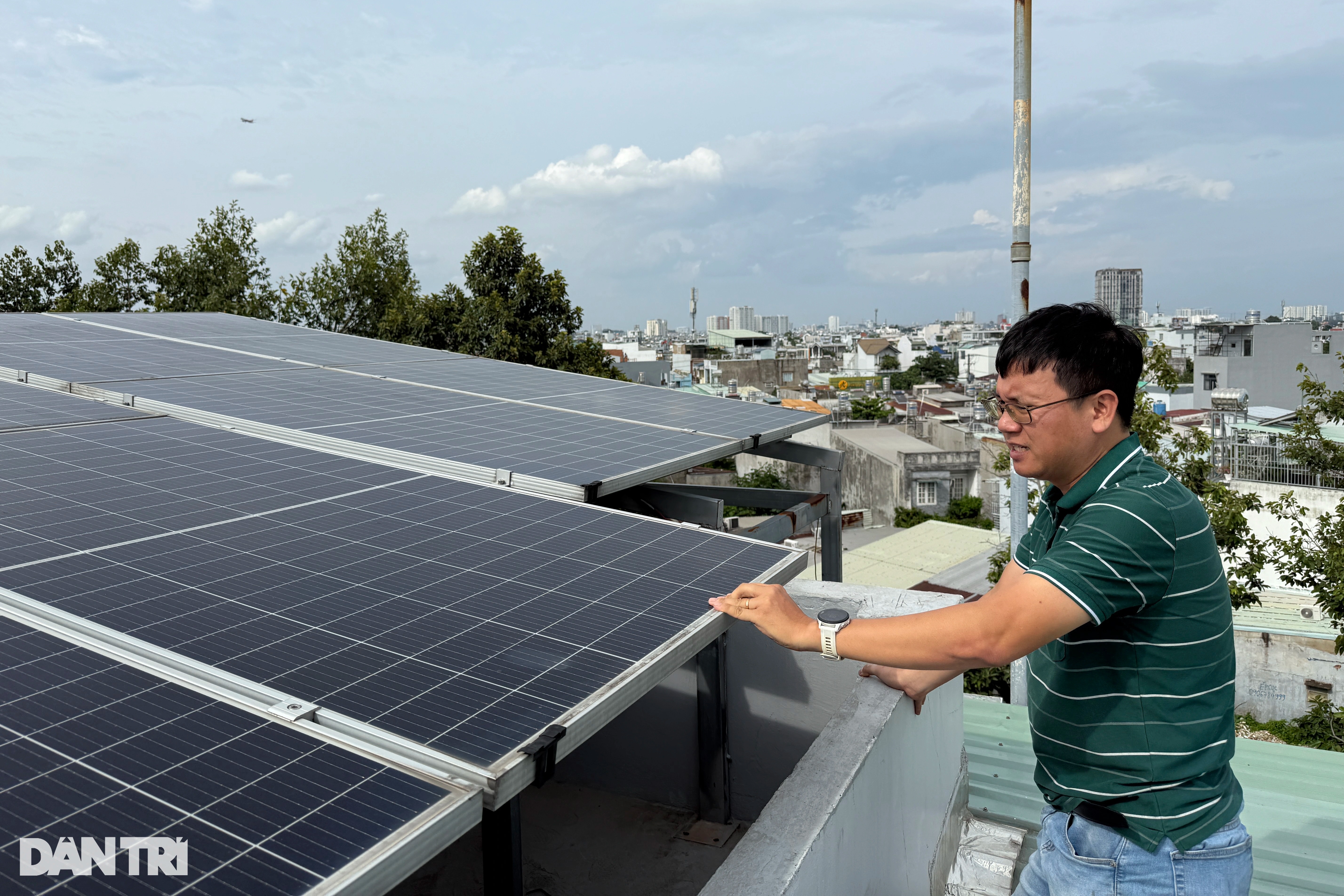
Rooftop solar power system of a household in Thu Duc City (Photo: Nhat Quang).
"During the day, we almost don't need to take electricity from the grid. The electricity bill is reduced by about 60% to 70% each month. During the hot season, my family also feels more comfortable using the air conditioner all day," said Mr. Tu.
The initial investment cost is about 60 to 70 million VND. Mr. Tu estimates the payback period is within 4 to 5 years. If there is a policy of buying electricity from people like before, the payback period can be shortened to 3 years.
According to Mr. Tu, installing a rooftop solar power system brings double benefits. Not only does it help significantly reduce monthly electricity costs, the system also creates comfort in daily life when family members can use electrical equipment without worrying too much about the bill. Especially for households with high electricity demand during the day, the savings are even more obvious.
However, he believes that whether or not to invest in a solar power system depends on the living habits of each family. For those who work all day and are only home at night, installing this system will not be really effective without integrating an additional power storage system. Because the solar power system only works best when used directly during the power generation period, that is, during the day.
For families with people at home often, using a lot of electricity during sunny hours, investing in solar power is an option worth considering. They can calculate the installed capacity to match the actual consumption to avoid waste and optimize investment efficiency. Designing according to the needs not only helps save but also shortens the payback period for the system.
Regarding the installation of battery storage, he thinks it is not necessary for households in urban areas like Ho Chi Minh City, where the electricity grid is stable. "The cost is double or triple, but the economic efficiency is not commensurate. Storage batteries are still expensive, their lifespan decreases with the number of charges and discharges, and should only be used in remote areas or places not connected to the national grid."
He said maintenance is simple. Every three to six months, users only need to clean the panels with clean water. The low-dust environment helps the batteries operate efficiently for a long time. He also monitors electricity output through monitoring software. On sunny days, the system generates 30 to more than 40 kWh; on cloudy days, it is 20 to 25 kWh, but generally remains stable around the average level.
"There are months when the output is nearly 1,000 kWh, which means my family can almost supply all the electricity used during the day. Solar panels have a warranty of 10-15 years, even 25 years for high-end ones. I feel that it is a one-time investment with long-term peace of mind," he said.
From his own experience, Mr. Tu believes that households should clearly assess their electricity needs during the day. This model is suitable for families who do business at home, use many electrical devices during peak hours, understand the operating principles and are proactive in monitoring and maintenance to help the system operate effectively and prolong its lifespan.
Although there is no policy to buy rooftop electricity again, in the context of the continuing increase in household electricity prices and the increasing need to save costs, rooftop solar power is still a solution worth considering for many households in Ho Chi Minh City.
In Phong Phu commune (Binh Chanh, Ho Chi Minh City), Mr. Quang Linh - who is running a serviced apartment rental business - is also considering investing in rooftop solar power. With a rental room system that uses electrical equipment such as air conditioners and water heaters continuously, monthly electricity costs are always high, especially in the hot season.
Recently, when he saw some households in the area starting to install solar power and sharing about the savings, he began to research information and consider the feasibility of applying this model to his apartment. However, according to him, there are still many concerns that need to be answered before he can make an investment decision.
One of the biggest problems is the initial installation cost and the technical solution suitable for the rental house model with separate electricity meters for each room. He is also not sure whether to choose the load-following solution, using only solar power during the day, or install additional power storage to ensure a stable supply even at night.
Besides, choosing a reputable consulting unit with the ability to design and operate a system suitable for the current scale of the project is also a factor that he considers.
What level of electricity usage should solar power be installed?
Mr. Nguyen Le Tan, Deputy Head of the Energy Department, Department of Industry and Trade of Ho Chi Minh City, said that the average monthly electricity bill is a key factor for households to consider investing in rooftop solar power systems. With the current household electricity price list, households consuming less than 300 kWh pay about 2,998 VND/kWh, and increases to 3,350 VND and 3,460 VND/kWh for households using more than 300 kWh.
"For households using about 20 kWh per day, you can consider installing a 4 kWp system, which will produce between 12 and 18 kWh per day. If you use electricity mainly at night, you should invest in a battery storage system for use at night," Mr. Tan shared.
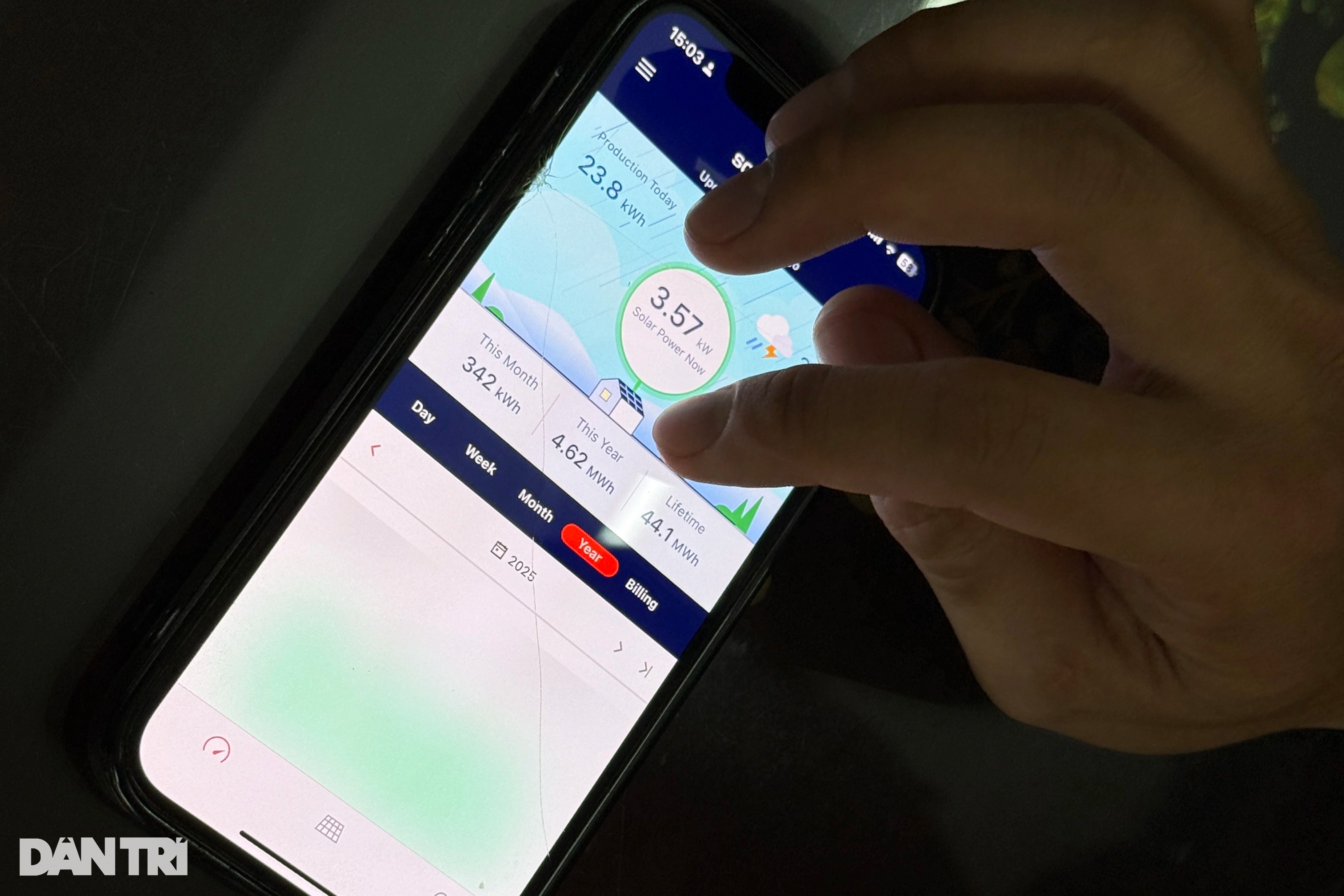
Information on electricity consumption and the amount of electricity produced from rooftop solar power systems are all recorded on a smartphone application (Photo: Nhat Quang).
However, the investment cost for electricity storage systems remains a barrier. According to a representative of the Ho Chi Minh City Department of Industry and Trade, the price ranges from 20 to 40 million VND per set, suitable for households consuming an average of about 20 kWh/day.
The average retail electricity price being adjusted to VND2,204/kWh from May 10 (excluding VAT) is also a factor that encourages households to consider investing in solar power. Ho Chi Minh City Power Corporation (EVNHCMC) calculates that the increase in monthly electricity costs ranges from VND4,500 to VND65,000 depending on the amount of electricity consumed. In particular, the new electricity price list with 5 levels, instead of the current 6 levels, is expected to take effect in the next adjustment period, putting even greater pressure on households with high electricity consumption.
Mr. Luu Manh Thuc, General Director of SPC Solar Energy Joint Stock Company, said that in order to make a decision to install rooftop solar power for a household, it is necessary to first clearly determine the average monthly electricity consumption. This is an important basis for choosing the appropriate installation method, avoiding waste and ensuring investment efficiency.
According to him, in Ho Chi Minh City, a typical household with a refrigerator and someone who uses it regularly during the day can consume an amount of electricity equivalent to a bill of about 1.2 to 1.5 million VND per month. With such a need, a reasonable solution is to install a solar power system with a capacity of generating about 6 kWh per day, equivalent to an output of 600 to 720 kWh per month.
From that output, the household can save more than 1 million VND in electricity bills each month. The total investment cost for a system with suitable capacity, including a battery storage system, is around 60 million VND. The expected payback period is around 4 to 5 years, depending on the actual consumption and operating conditions of each household.
Target of 50% coverage of households installing rooftop solar panels
Developing renewable energy is one of the areas that Ho Chi Minh City prioritizes, contributing to realizing Vietnam's commitment to net zero emissions by 2050 at COP26.
Ho Chi Minh City is gradually realizing the goal of developing rooftop solar power, aiming for 50% of households and 50% of offices to use self-produced and self-consumed solar power (for on-site consumption, not selling electricity to the national power system) by 2030. This is one of the key contents in the city's orientation of shifting energy towards green and sustainable direction.
According to statistics from EVNHCMC, Ho Chi Minh City currently has 13,985 rooftop solar power systems that have signed power purchase contracts according to regulations. The total installed capacity reaches 349,651 MWp, of which 453 systems have a capacity of 100 kWp or more, accounting for 220,695 MWp.
In addition, 559 investors have installed systems to self-produce and self-consume electricity, with a total capacity of about 48.55 MWp, in compliance with Decree 135/2024 and Decree 58/2025.
In the 2025-2030 period, Ho Chi Minh City aims to have a renewable energy ratio of at least 15% of the total maximum capacity of the power system. An important part of this goal is to expand the scale of rooftop solar power at administrative headquarters, public service units and public assets in the area.
According to Decision 306 dated January 22, 2025 issued by the Ho Chi Minh City People's Committee, the total expected capacity installed at public headquarters is 166,357 MWp in the period 2025-2028.
Ms. Nguyen Thi Kim Ngoc, Deputy Director of the Department of Industry and Trade of Ho Chi Minh City, said that the Department has coordinated with the electricity sector in many activities to promote the use and development of green energy in the area. According to Ms. Ngoc, this is not a new topic but has always been of regular interest to the Department and has been continuously adjusted to meet the trend of technological transformation, policy innovation and improving the efficiency of electricity use in practice.
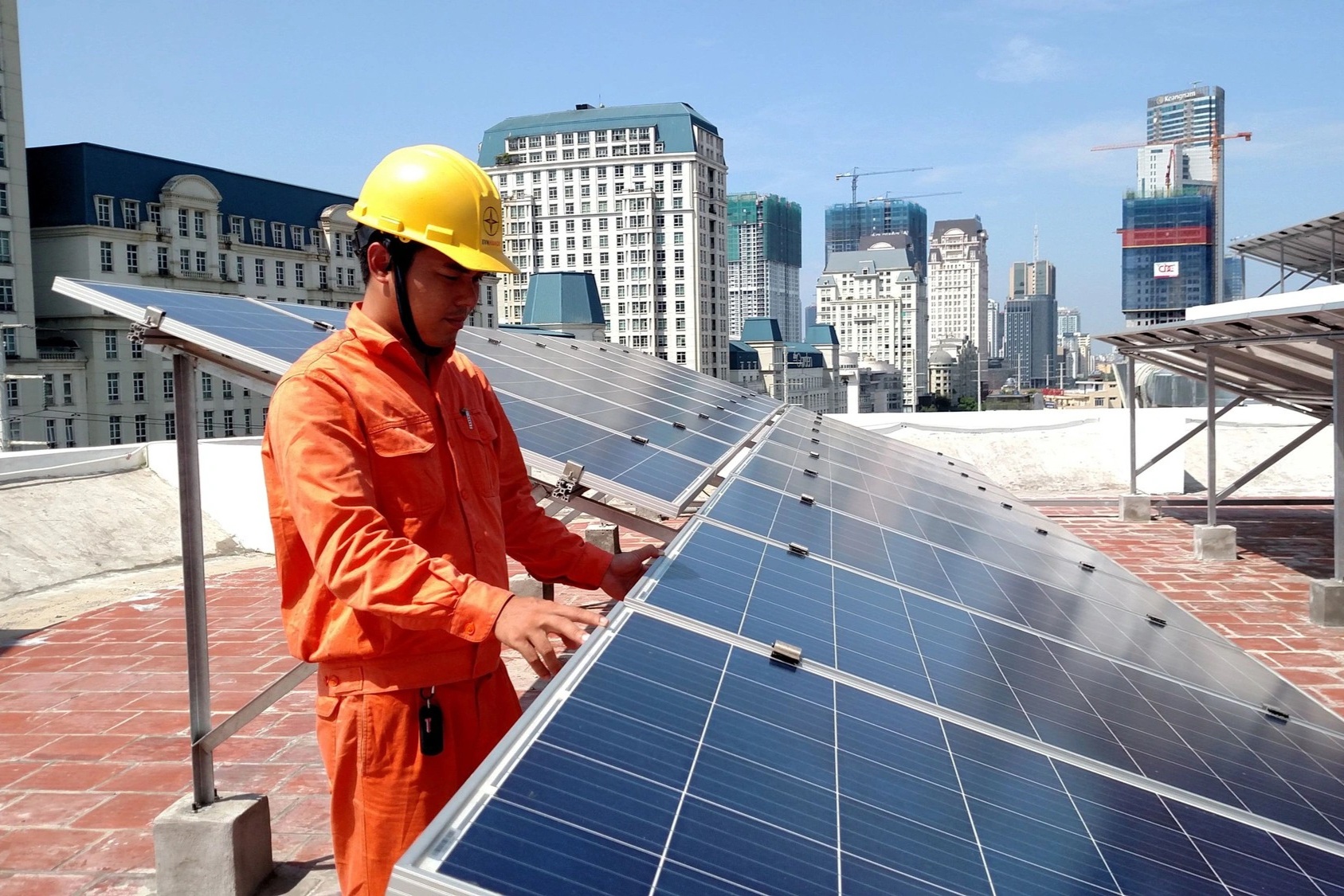
The installation of rooftop solar power systems needs to be considered in accordance with the needs and electricity consumption of each household (Photo: EVN).
Every year, updating new technology is considered one of the key contents. From the perspective of the management agency, the Department of Industry and Trade not only plays a coordinating role but also proactively disseminates information to the community, aiming to raise awareness and guide people and businesses to use energy economically, effectively and safely.
Regarding the rooftop solar power development project, Ms. Ngoc highly appreciated the initiative of relevant units in implementing it. Currently, the Government has issued specific decrees, creating a favorable legal corridor to encourage people and businesses to participate.
On that basis, the Department of Industry and Trade coordinates with EVNHCMC to develop a set of clear, public, and transparent administrative procedures to support households, businesses, and business households to easily access and deploy rooftop solar power systems in practice.
Climate change is becoming more and more severe. Energy security has become a matter of survival for every country. The trend of shifting from fossil fuels to clean energy is taking place strongly. In Vietnam, this process is an urgent requirement to ensure sustainable development, in line with international commitments.
Power Plan 8, issued in 2023 and adjusted in April 2025, sets goals for a fair energy transition, strongly developing renewable energy, gradually reducing dependence on coal power, while promoting gas, wind, solar, biomass and nuclear power.
However, the implementation process is still facing many challenges as many projects have been invested but have not yet agreed on official electricity prices, upgrading transmission infrastructure is still slow, not keeping up with the speed of power source development, and planning work is still lacking in synchronization...
The series of articles "Fair energy transition in the 8th power plan" conducted by Dan Tri Newspaper will reflect the overall picture of the orientation, clarify the current situation in the South, especially in localities with great potential for renewable energy development such as Ninh Thuan and Binh Thuan , and at the same time record the thoughts and expectations of people and businesses in the transition process.
The series contributes to spreading awareness, promoting policy dialogue and proposing solutions for a sustainable and efficient energy development future.
Source: https://dantri.com.vn/kinh-doanh/dien-mat-troi-ap-mai-o-tphcm-chuyen-dich-xanh-tu-mai-nha-nguoi-dan-20250703073600191.htm


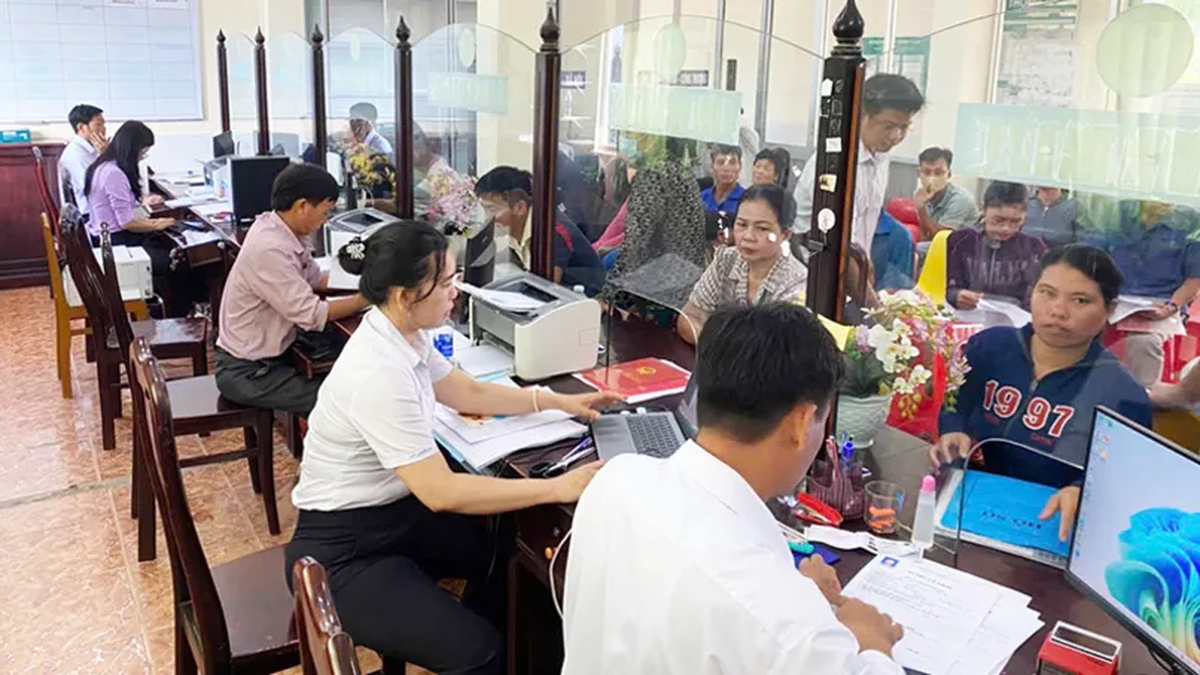



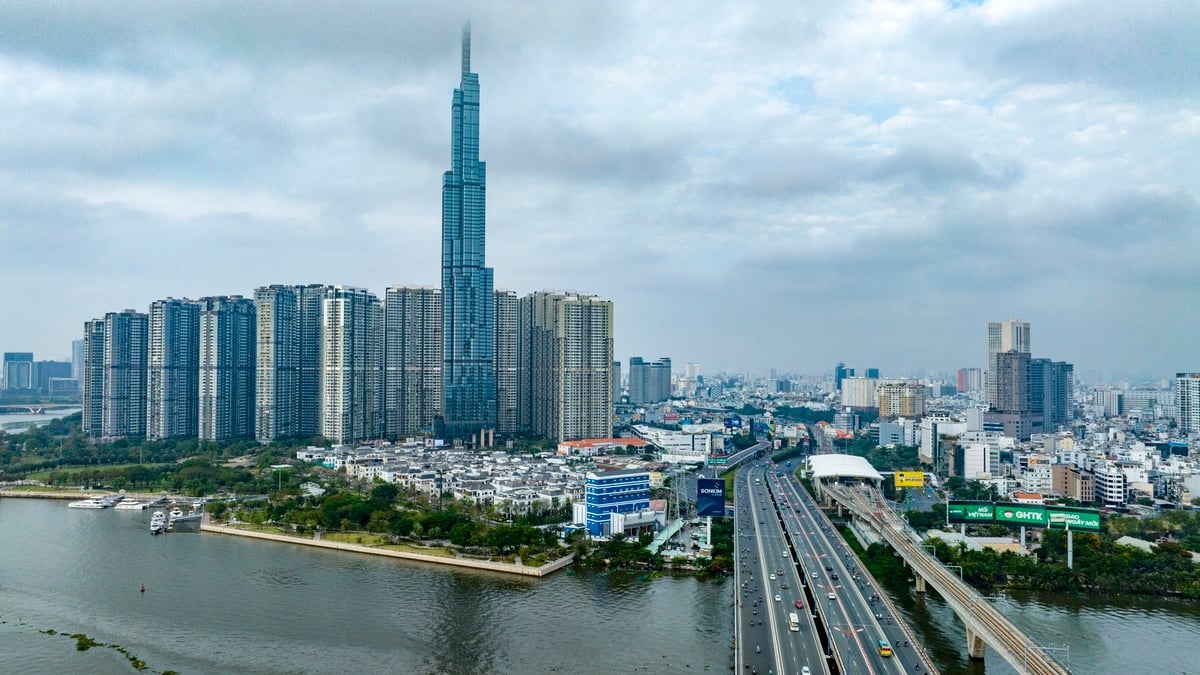




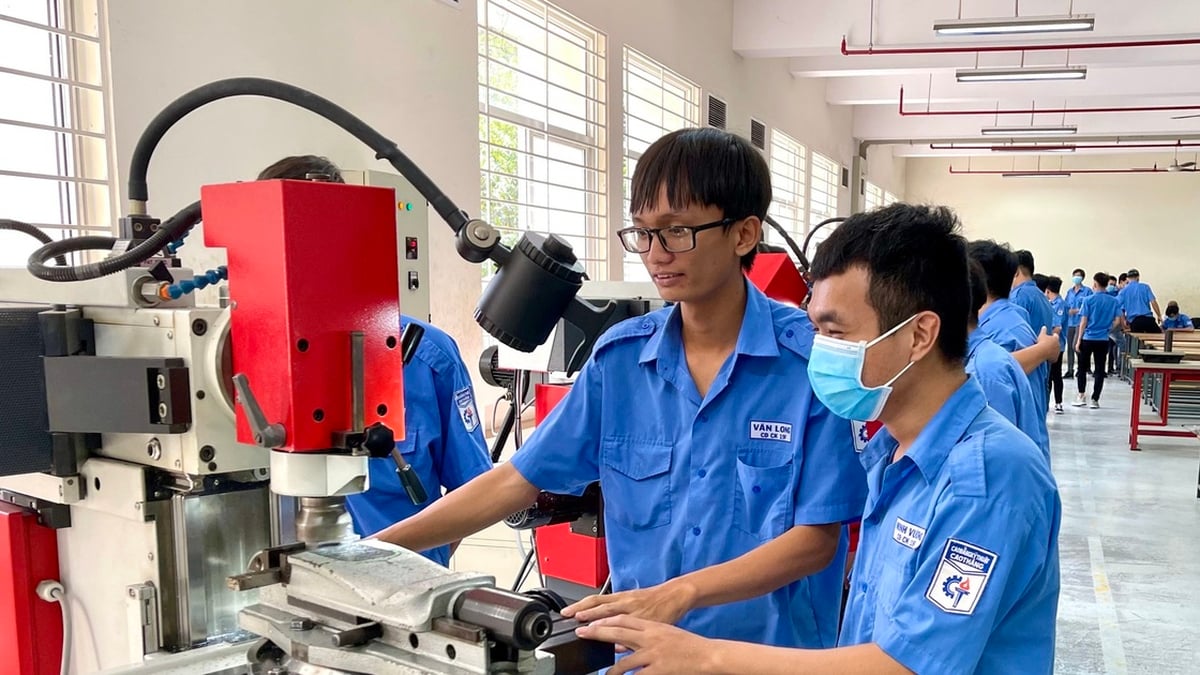















![[Photo] Gia Lai provincial leaders offer flowers at Uncle Ho's Monument with the ethnic groups of the Central Highlands](https://vphoto.vietnam.vn/thumb/1200x675/vietnam/resource/IMAGE/2025/7/9/196438801da24b3cb6158d0501984818)










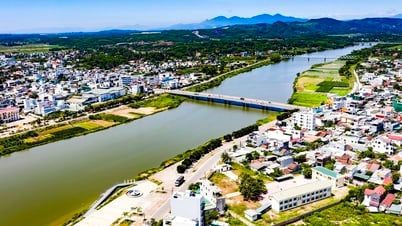

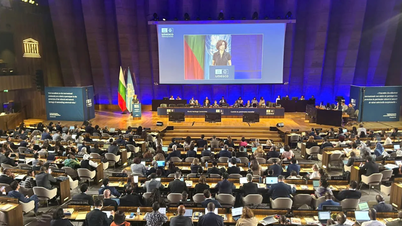






























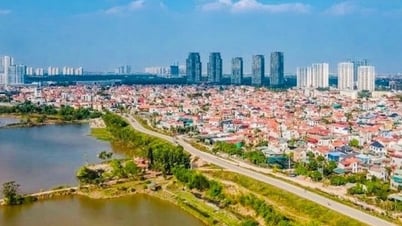

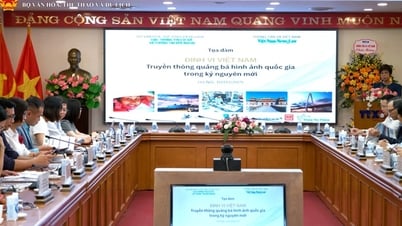























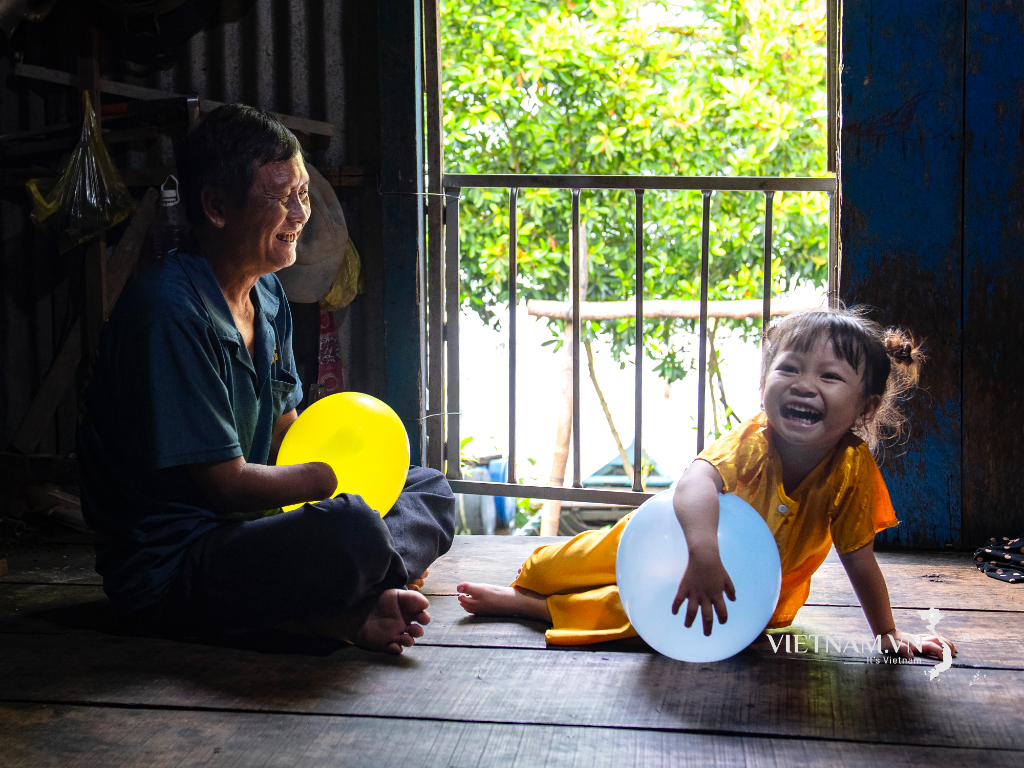
Comment (0)